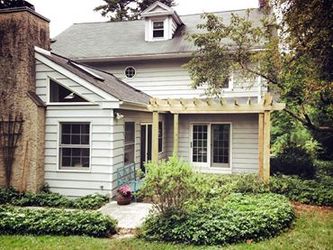 Recently Completed Pergola in Rose Valley, PA
Recently Completed Pergola in Rose Valley, PA Well, nobody NEEDS one, just like nobody needs a patio, or even a garden for that matter. It’s a design element, meant to enhance a space and add value to your outdoor living space.
So what is a pergola, and what is used for?
The dictionary defines pergola as a structure usually consisting of parallel columns supporting an open roof of girders and cross rafters.
OK. Fair enough, but I do recall learning in high school and college writing classes that the dictionary definition intro is an easy cop-out, and truth be told that definition doesn’t tell us much. So how is a pergola used, and how is it going to help my patio or garden?
The purpose of the pergola is really more important. And the purpose of the pergola is to provide a framework for climbing plants and vines, with the end goal of providing a nice natural-looking shady yet open space.
Traditionally the pergola has been a staple of Italian renaissance gardens, and certainly quite common at vineyards. But over the past century or so, the pergola has enjoyed a renaissance of its own (you liked that tie-in, didn’t you …), becoming quite common in arts-and-crafts gardens.
They’re perfectly suited for small garden spaces where shade from a large tree isn’t always an option, and a natural, sun-dappled, filtered shade is desired. It is a great way to add a vertical dimension to an otherwise limited space.
The name “pergola” is often used interchangeably with “arbor”. They can be large or small, free-standing or attached to nearby structures, part of a fence or entryway, used to define space, or used to hide nearby unsightly structures. And with the right plants planted, they can also do a great job of muffling nearby street noise or other urban sounds.
So what are the right plants and vines to plant around a pegola? Well basically anything that climbs. Here in the Philadelphia region, my favorites are Clematis, Wisteria, Honeysuckle, and Morning Glory. Ivy works great too, but it’s a bit too ubiquitous for my taste. Climbing roses are beautiful , but if you’re in close proximity to people, keep in mind they do have nasty thorns. There’s plenty of other great choices out there, ask your local garden center what may work for your pergola.
As for the design of the pergola itself, like any construction element in the garden, the sky’s the limit. Have some fun with it, and don’t be afraid to get creative.
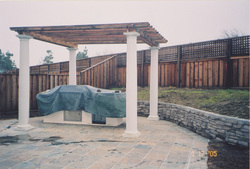 Pergola with Round Fabricated Columns
Pergola with Round Fabricated Columns Have we piqued your interest? Might you be interested in seeing how a pergola could add a new design element to your yard? Give us a call or shoot us an email, and the discussion can begin.
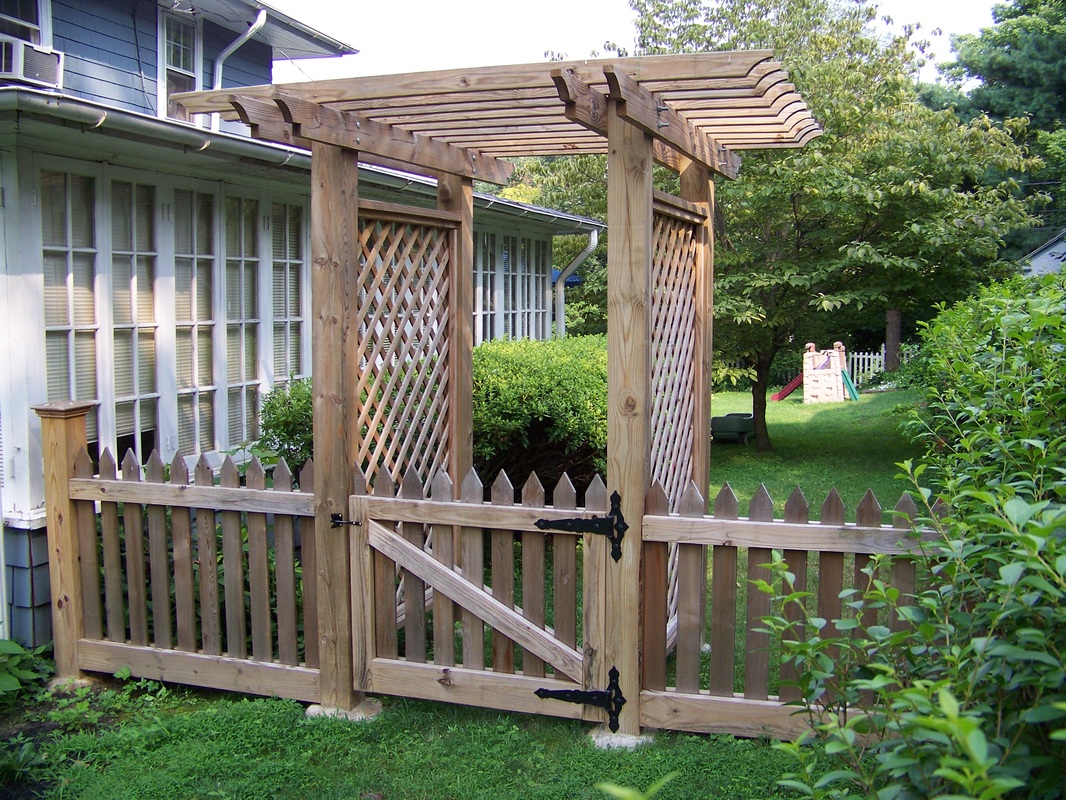
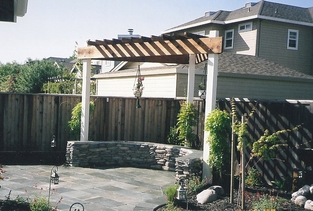

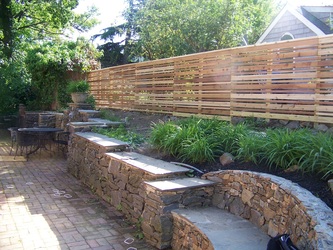
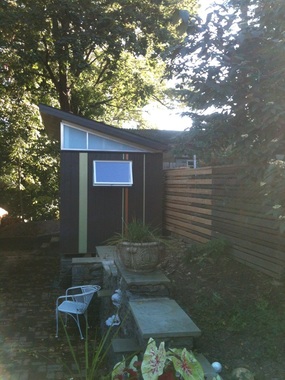
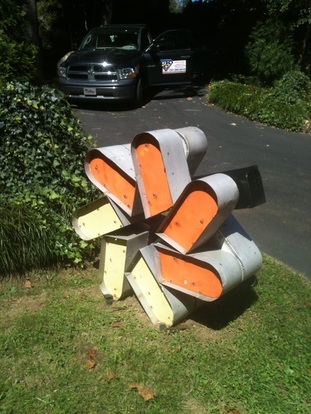

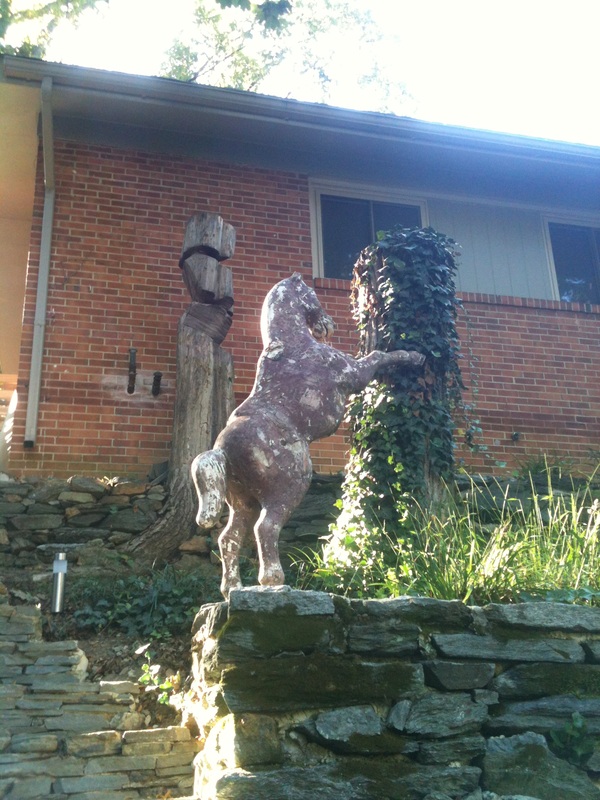
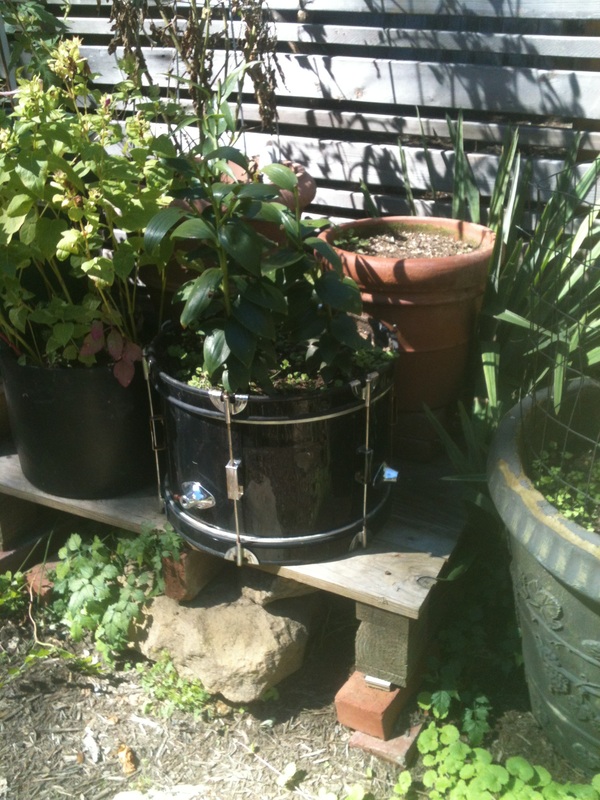
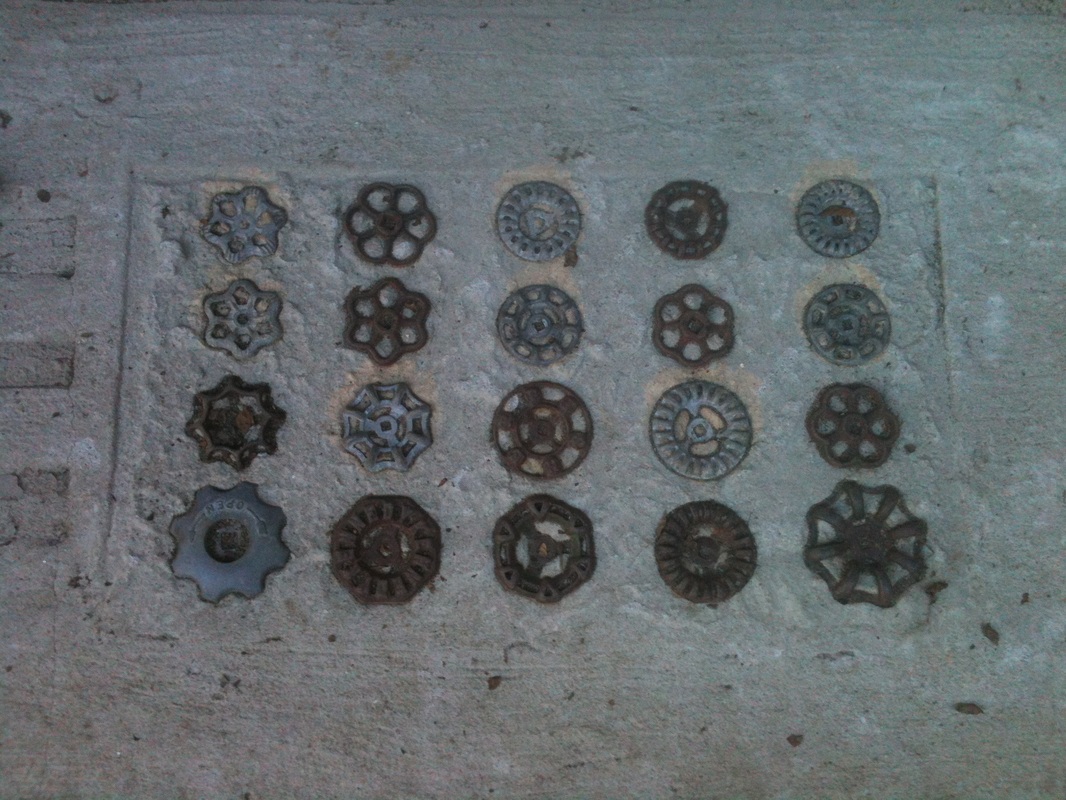
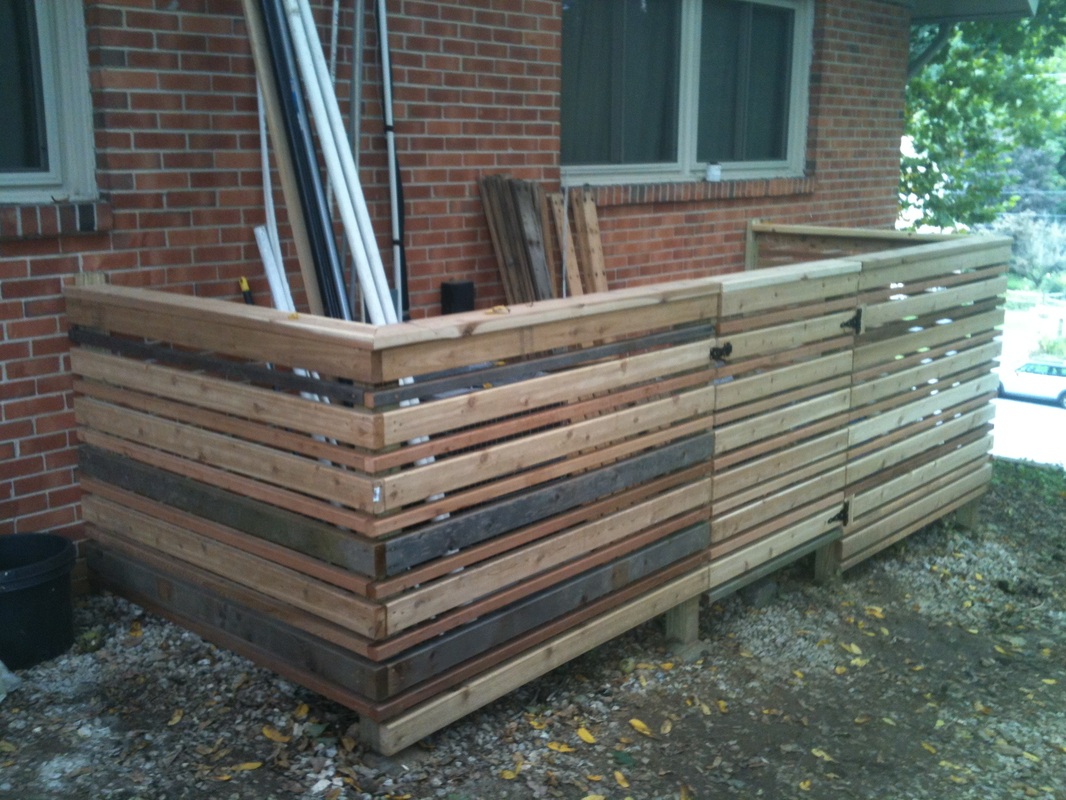
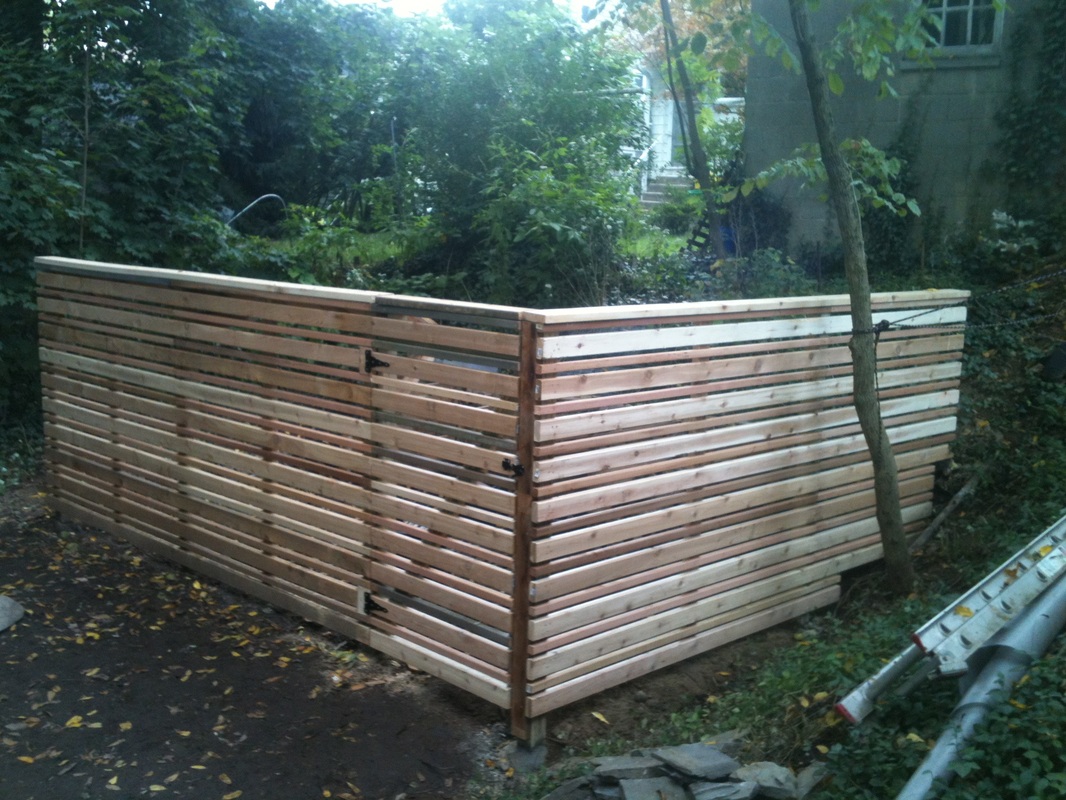
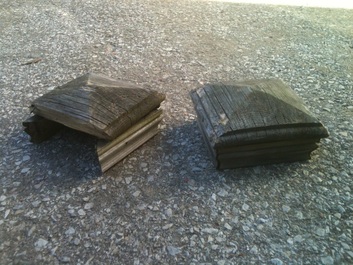
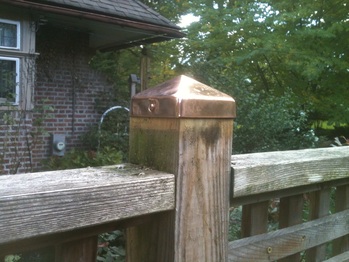
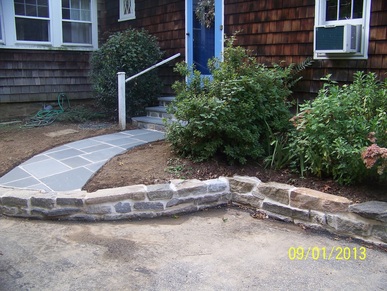
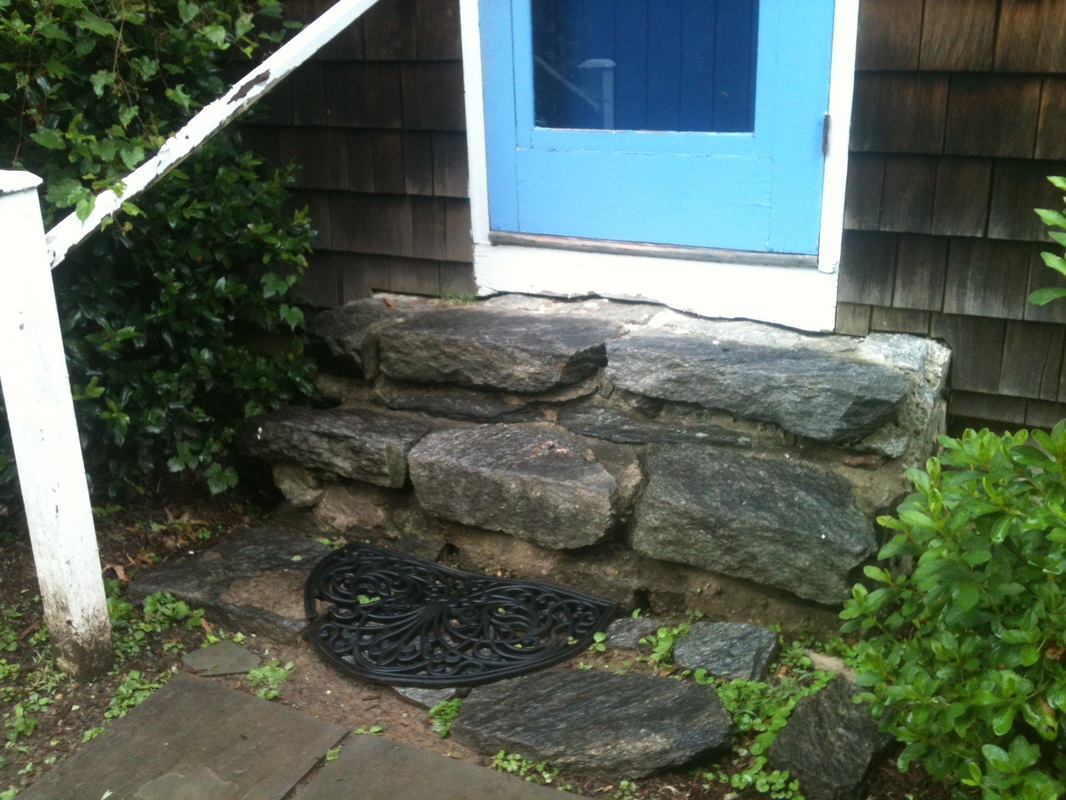
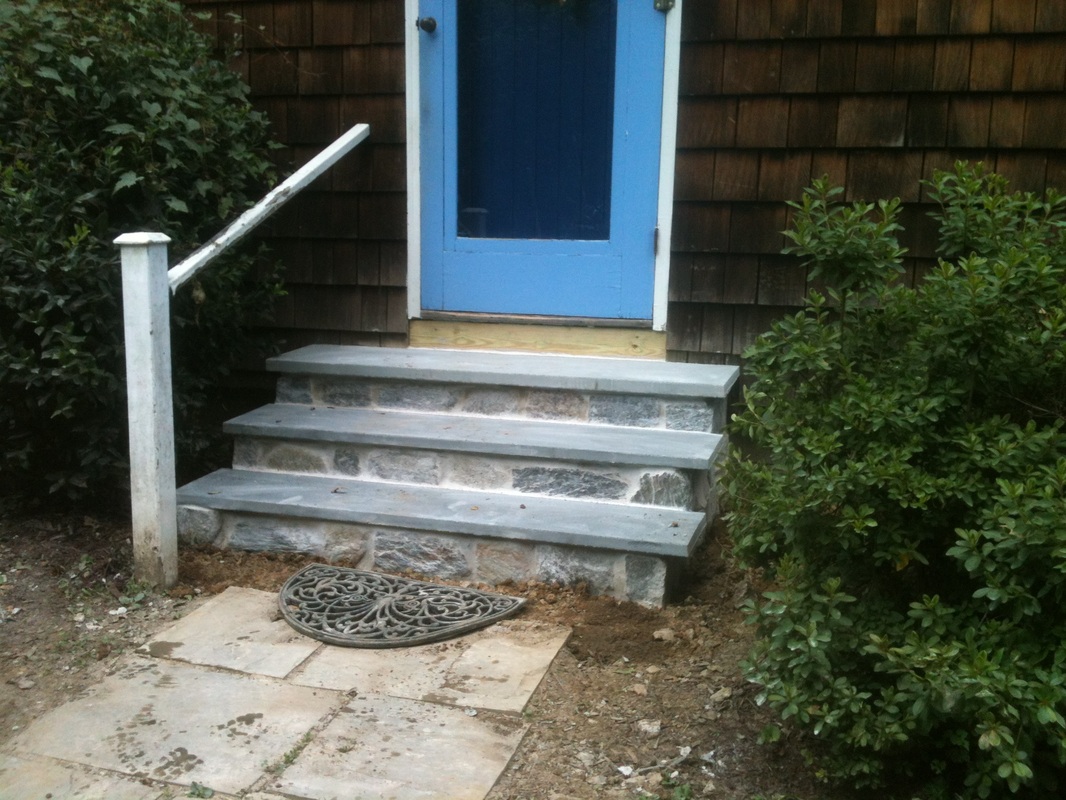
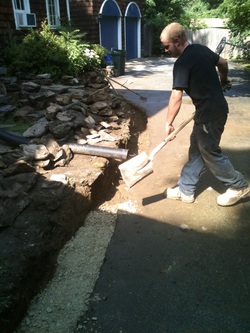
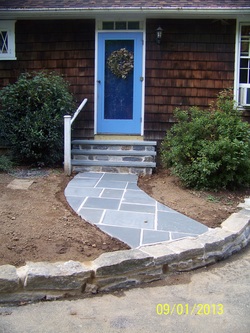

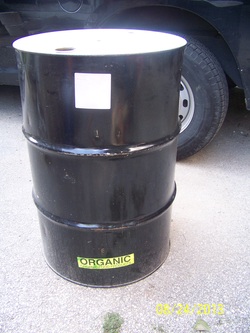
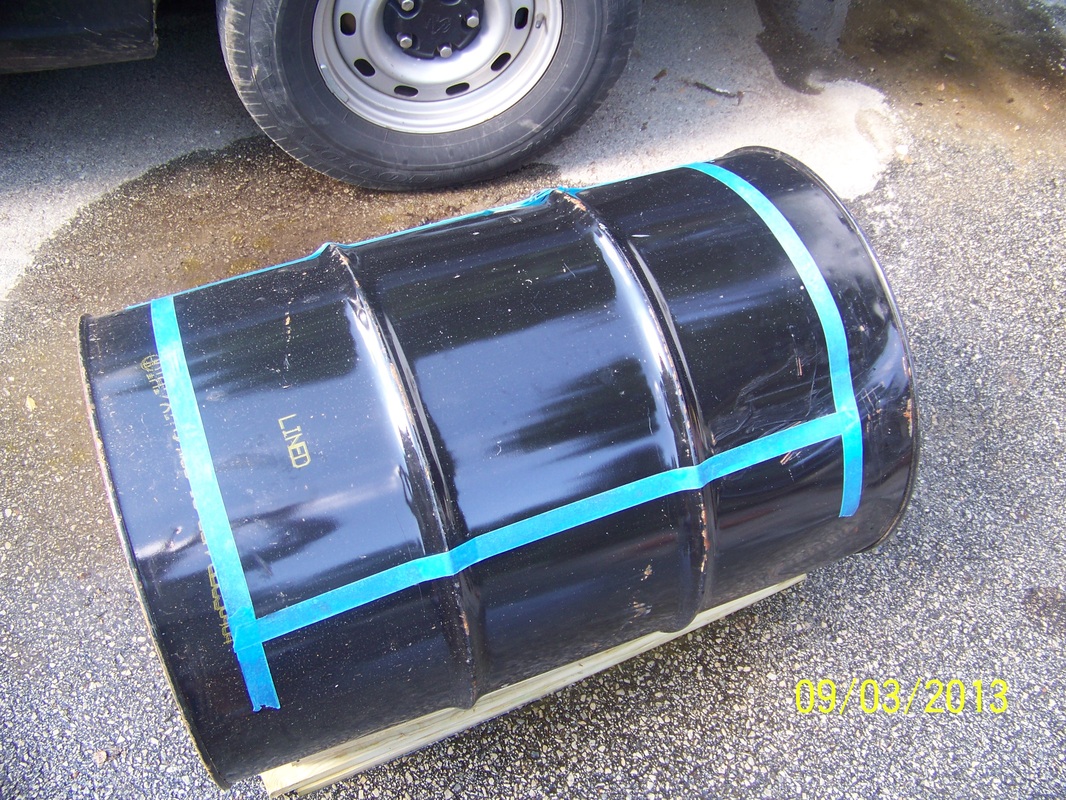
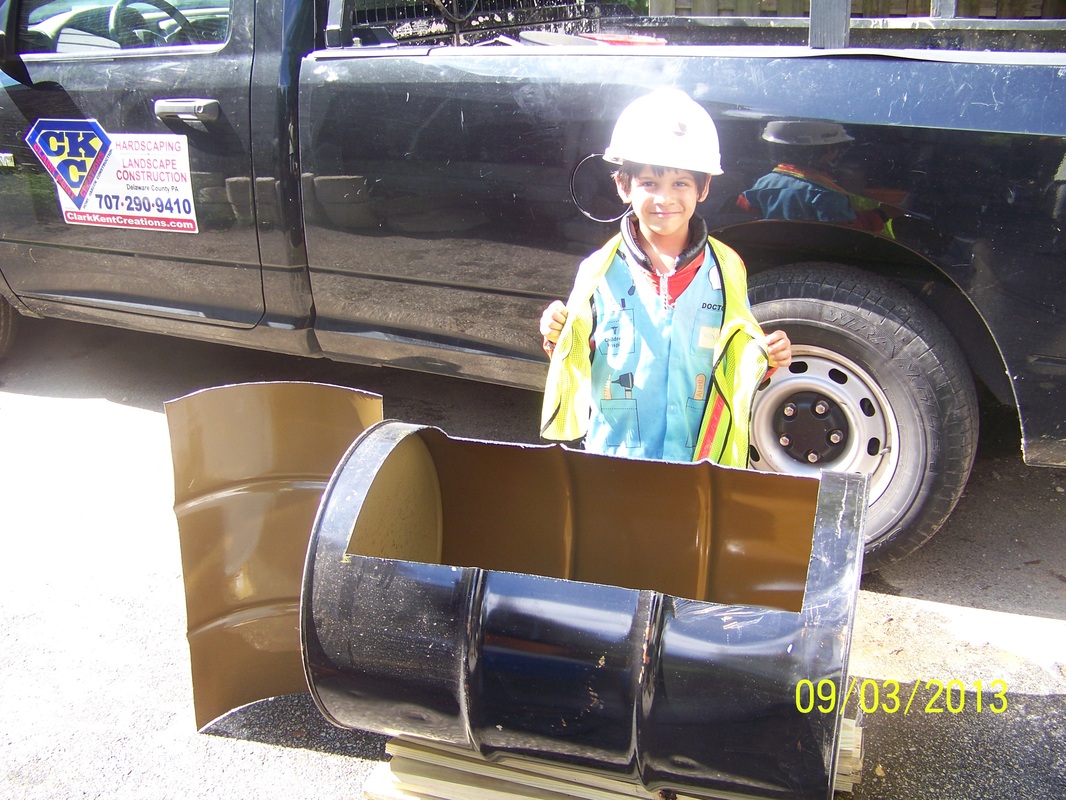
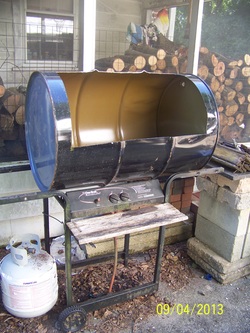
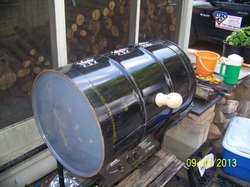
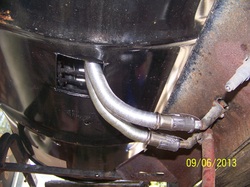
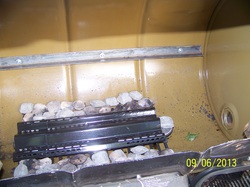
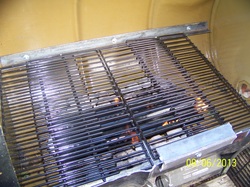
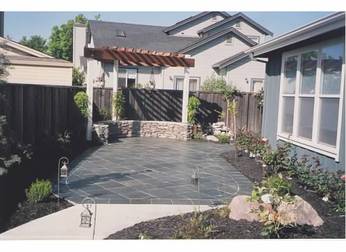


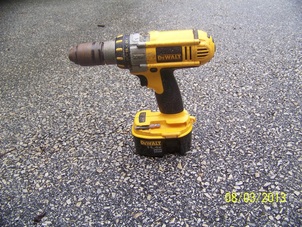
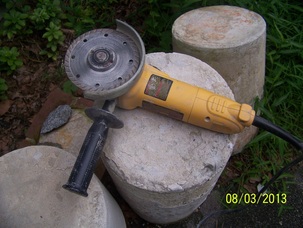
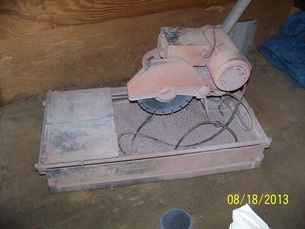
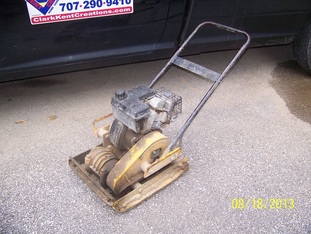
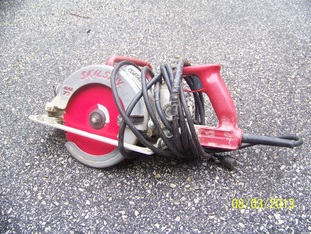
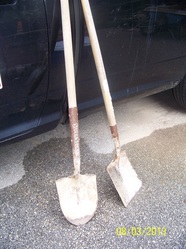
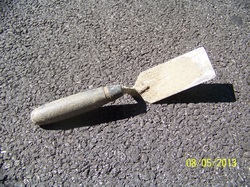
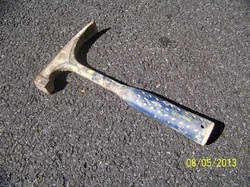
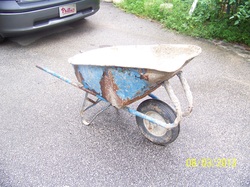
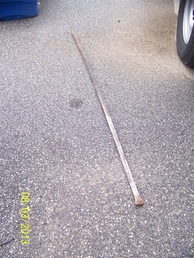




 RSS Feed
RSS Feed